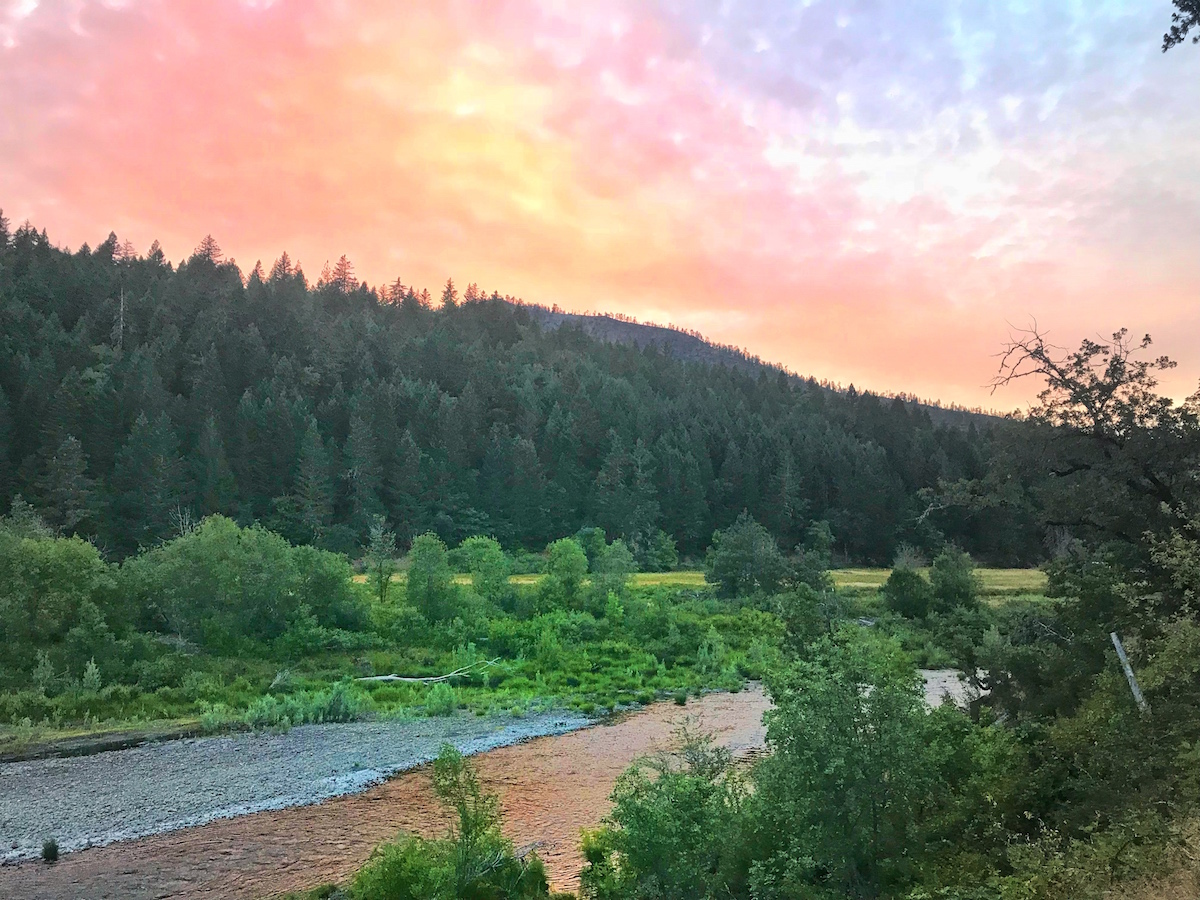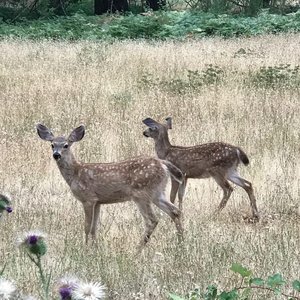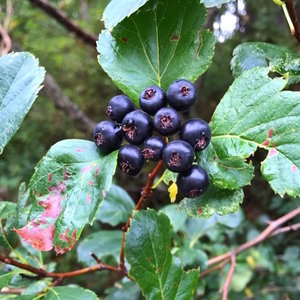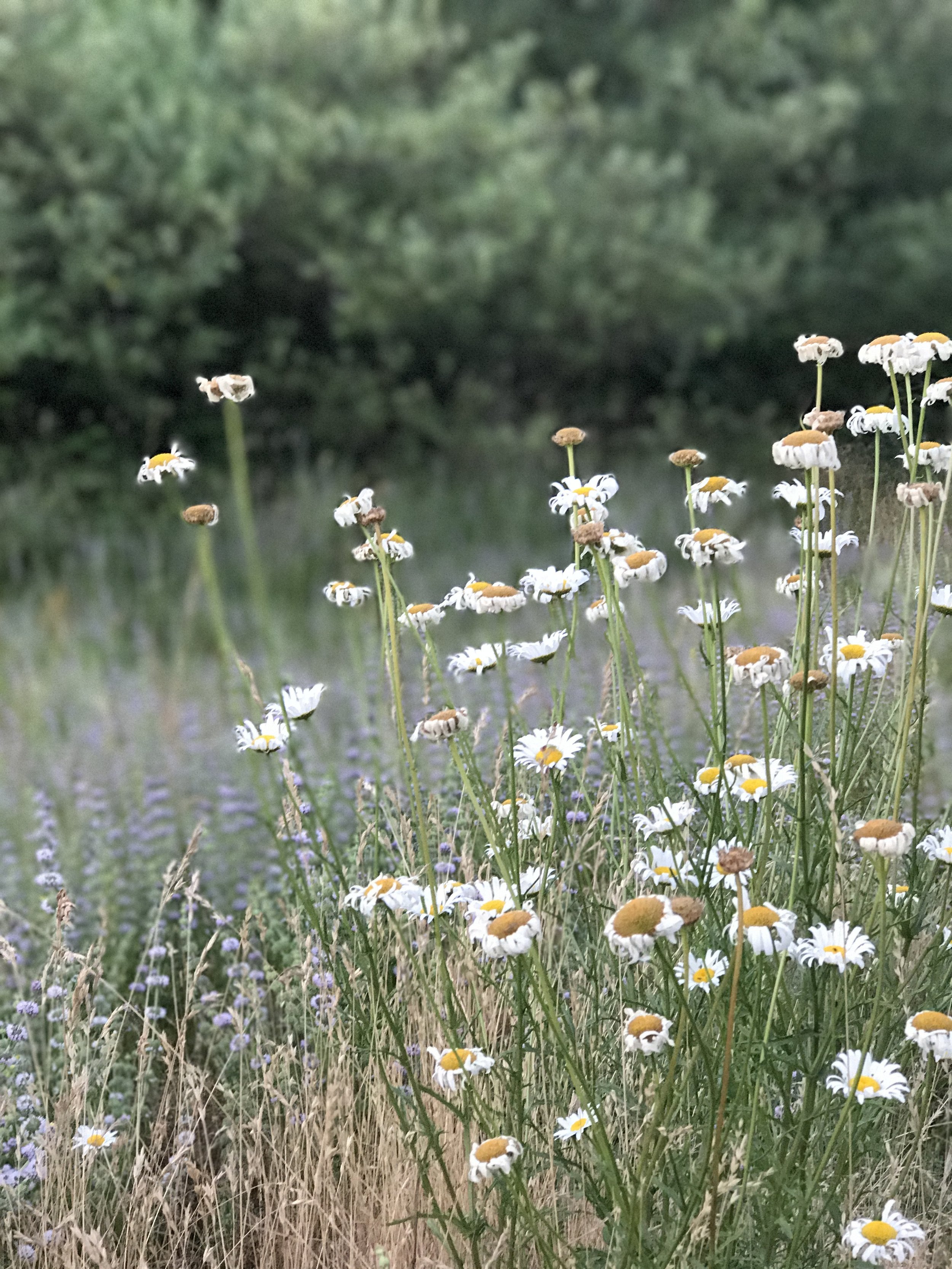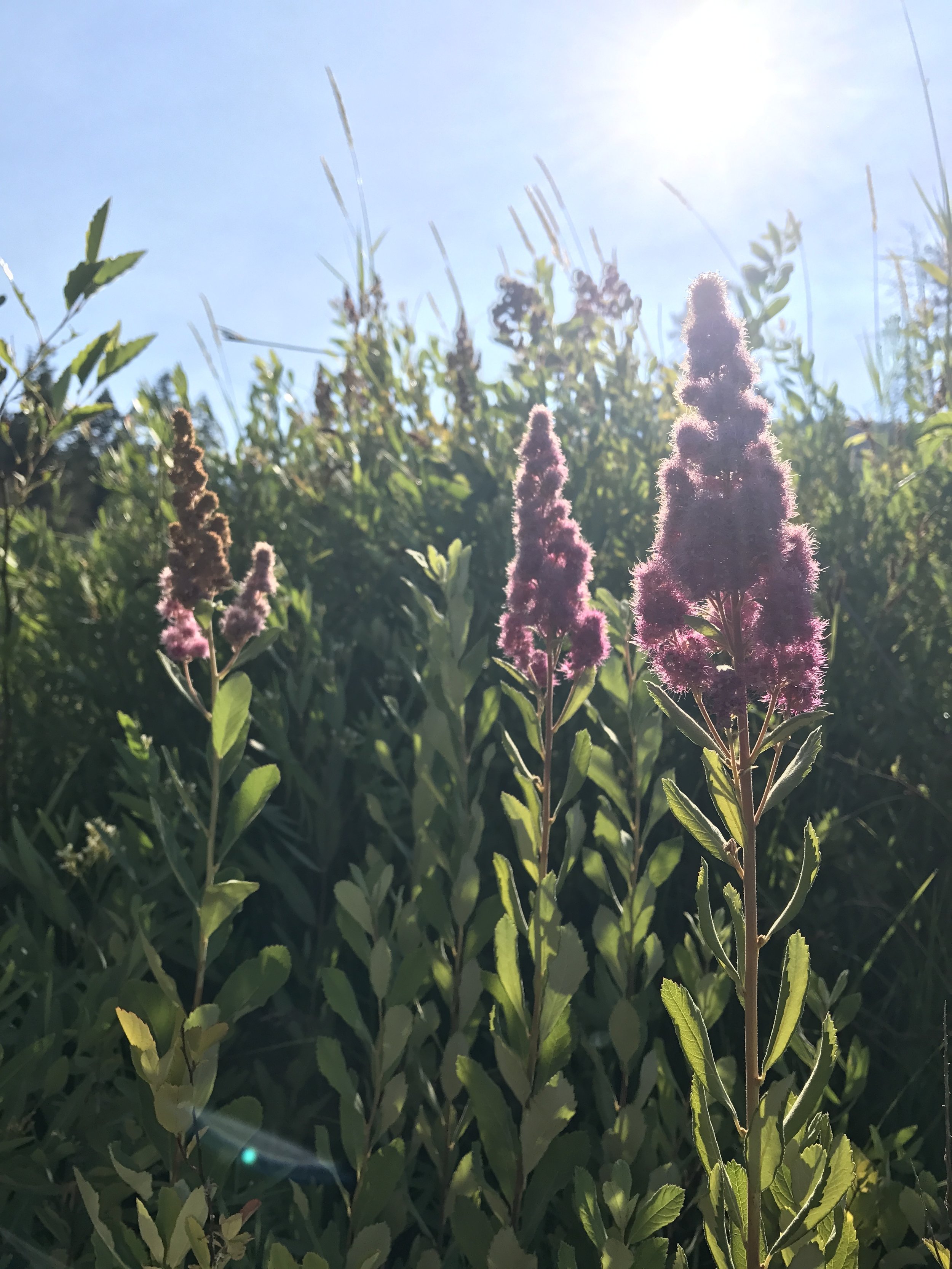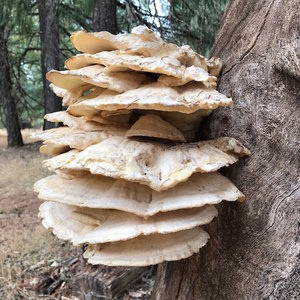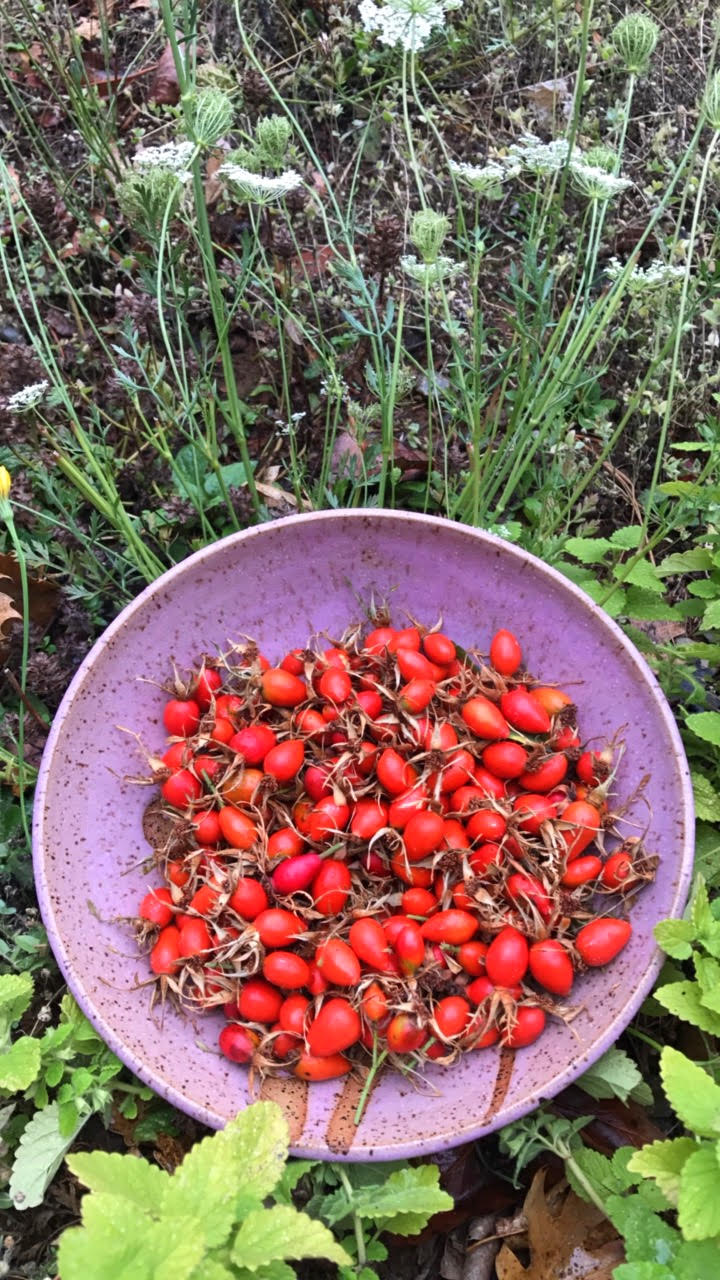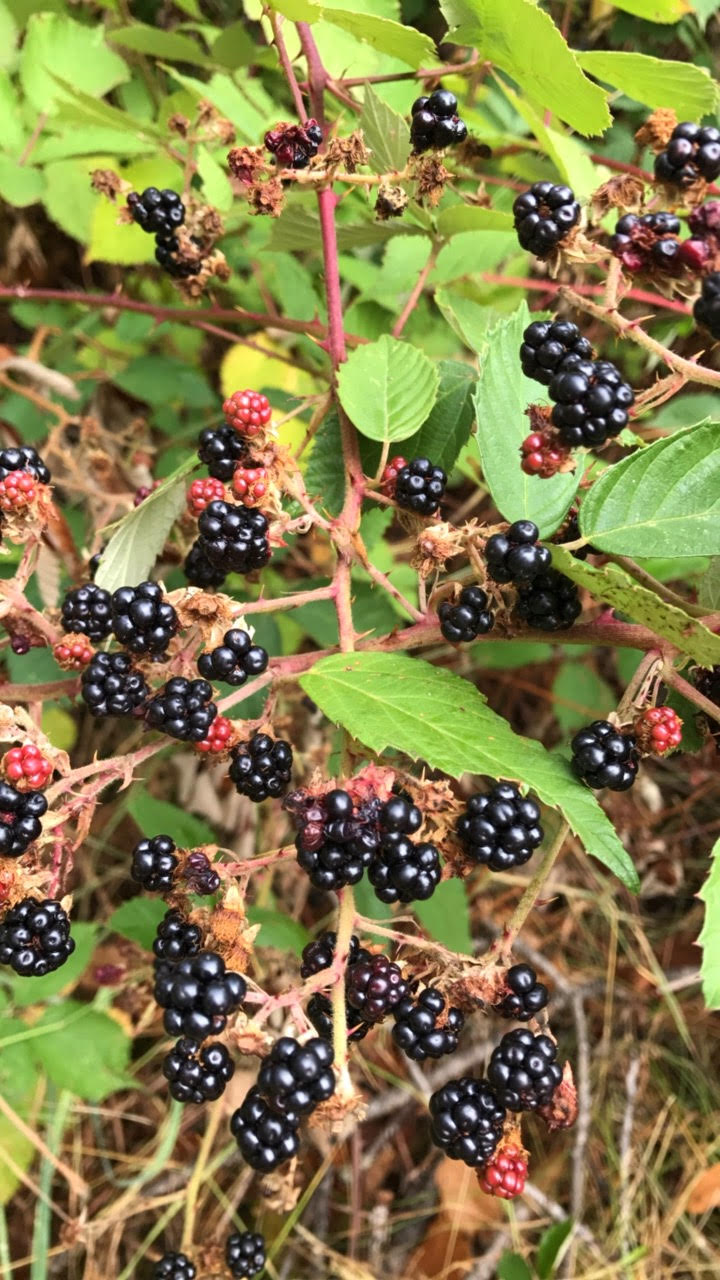For thousands of years, the Takelma people lived in the Illinois and Rogue River valleys, what is now known as Josephine County. They lived in small bands close to the land.
Salmon was central to their food source and way of life. The salmon diet was supplemented by game, such as deer, elk, beaver, bear, antelope and bighorn sheep. Smaller mammals, such as squirrels, rabbits and gophers, might have been snared by both men and women. They gathered the root of the Camas plant, part of the asparagus family, as well as acorns from the two native species of Oaks, the Oregon white oak and California black oak. Other vegetation included manzanita berries, pine nuts, tarweed seeds, wild plums and sunflowers. The Takelma are also known to have cultivated a native tobacco plant, but otherwise relied on the fruits of the wilderness for their survival. The main utensils included horn, bone and wood-made implements and a great variety of baskets constructed generally by twining on a hazel warp. Stone was used in the making of arrowheads and pestles. The clothing and personal adornment of the Takelma was similar to the tribes of northern California. Notable characteristics include facial painting, red-headed woodpecker scalps for men and basket caps for women. The women also tattooed the skin in three stripes and men tattooed the left arm.
European Settlement of the Illinois Valley began by the 1830’s, as the gold and logging industries developed. By the end of 1856, the traditional residents of the Rogue and Illinois River valleys were forcibly removed and relocated to both the Siletz Reservation on the central Oregon coast, and the Grand Ronde Reservation. The Takelma were joined on the reservations by their neighbors, the Athapaskans and the Shasta, as well as tribes from even farther away, such as the Coos and Tillamook. It is reported that by 1906 less than ten Takelma were alive and able to speak their native language.
In 1954, one hundred years after the western Oregon Indians were removed to the Grand Ronde Reservation; the indigenous peoples were subjected to the final effort by the United States to colonize the remainder of their lands through Federal termination policy. The permanent Grand Ronde Reservation, settled in 1855 and established by presidential executive order in 1857, was terminated by Congress, and the tribal people lost their Federal recognition. The seven ratified treaties that ceded to the United States millions of acres of land, most of western Oregon, which was occupied by over 60 tribal nations, were nullified. These 60 tribes were declared by Congress to be assimilated, and termination was enacted to free them from continued government management and oppression. In western Oregon, native people appeared to cease to exist, and for 29 years the Grand Ronde descendants suffered disenfranchisement and a multitude of social problems. The reservation’s tribal cultures, languages, and community were severely fractured and much was lost. Terminated tribal members were rejected by other tribes as having willingly sold out to the Federal government. During the post-termination era, despite all of the problems the tribal members faced, they found ways to survive and worked to restore the tribe. In 1983, the Grand Ronde Tribe was restored.
Source: Lewis, David Gene. “Termination of the Confederated Tribes of the Grand Ronde Community of Oregon: Politics, Community, Identity.” Order No. 3356586 University of Oregon, 2009. Ann Arbor: ProQuest. Web. 29 Oct. 2019.
The restoration of the Grand Ronde Reservation in 1983 was made possible entirely through grassroots efforts by indigenous peoples and their allies. These grassroots efforts are the culmination of exhaustive efforts to solidify the space for indigenous people to carry their way of live forward.
In 1994, for the first time in over 140 years, an ancient ceremony took place to welcome home and give thanks for the returning salmon, on the Kanaka Flats of the Applegate River. People of all heritages were welcomed at the annual Salmon Gathering on the Applegate River until 2006. In 2007, the ceremony was moved to the place where it was held for thousands of years: the Tilomikh (Powerhouse Falls), on the Rogue River near Gold Hill, Oregon. Since then, the ceremony has taken place annually in its traditional location, demonstrating that the Takelma culture is alive and will continue into the future.
In 2019, Members of the Confederate Tribes of Siletz Indians celebrate Indigenous People’s Day, hosted by Southern Oregon University for native students, nonnative students, and community members. After a traditional salmon bake and ceremonial music performance, an Intergenerational Activism Panel concluded the event.
It’s imperative that as settlers of these lands, we both acknowledge and support the continued efforts of the local tribes who first stewarded this land, and continue to live and thrive in Southern Oregon today.
